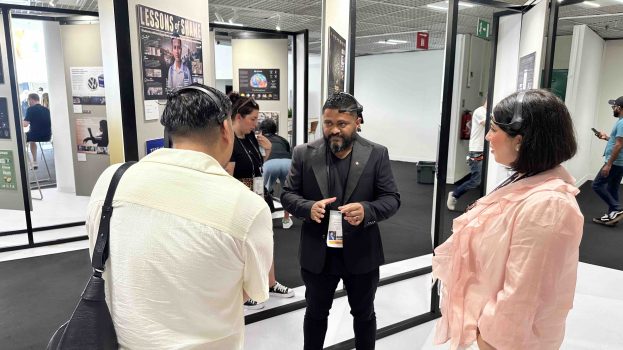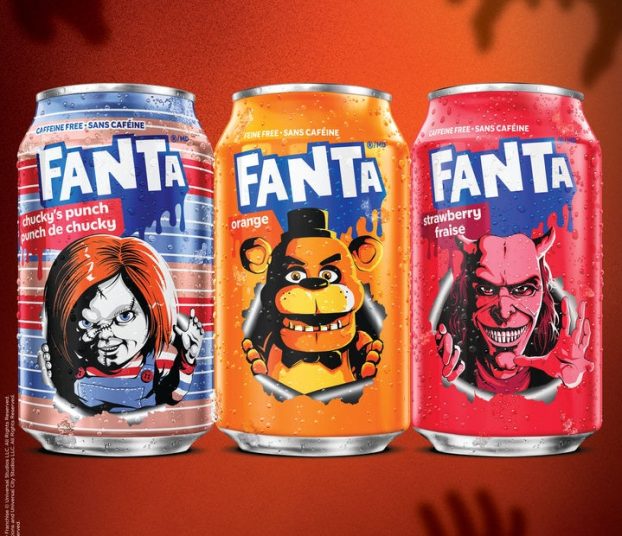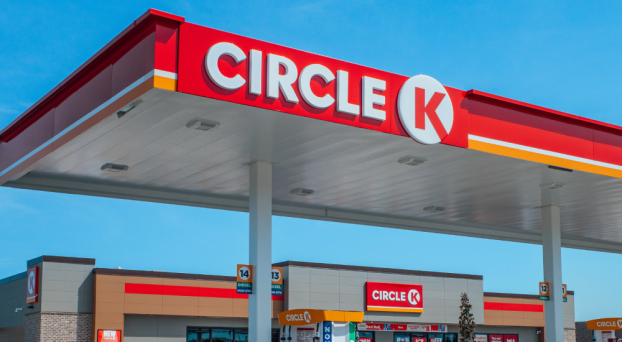By Michael McDonald-Beraskow
You probably noticed a lot of familiar faces during this year’s Super Bowl commercials. That was by design – nostalgia is a direct response to the state of the world, and a trend we’ve seen grow steadily over the past two decades.
This year’s ads saw Edward Scissorhands (kinda), Wayne’s World, George from Seinfeld (kinda), Sesame Street and Bruce Springsteen harking back to (what feels like) a long forgotten middle ground. It’s an effective technique, and why we’ve seen a return of Roseanne, Fresh Prince of Bel-Air, Saved by the Bell and Full House in recent years, to name just a few (and did you know old Friends episodes are coming to Crave? Could I BE any more excited?).
Why is nostalgia so powerful? Because when the present sucks, we can always rely on the past to give us the ol’ warm n’ fuzzies. Didn’t the world used to feel so much simpler and easy-going? Wouldn’t we do anything to be taken back to our past before the nightmarish present?
Of course, this is an entirely false construct. The fact is, the past wasn’t perfect. We idealize it and reconstruct it in our mind, reinforcing only the positives.
But there’s a deeper reason why the past is so alluring to us: because it’s familiar.
Familiarity breeds comfort, and human beings, for the most part, are wired to seek comfort above all things. As Daniel Kahneman showed in his book Thinking Fast and Slow and Stanford Professor Baba Shiv has demonstrated throughout his studies on the subject of decision-making, species in nature have to reach a stable level of comfort in their brains before being more open-minded to taking on risk. It’s a simple evolutionary principle: if we were all-in on risk all the time, our chances of survival would be slim.
So, what governs our brain to think safety-first, then risk-second? Familiar things like advice from parents, voting for safe politicians and sticking to old habits boost levels of serotonin, the calming chemical, to counteract cortisol, the stressor chemical that keeps us alert and ready to act, to reach a stable, comfortable balance.
Only once you’ve reached a stable level of comfort is your brain more open to anything novel and unfamiliar. Specifically, the path to thinking innovatively opens when we’re calm, yet energized. This is where dopamine comes in: when we’re calm, it boosts our energy and makes us feel excited.
At a time when the world is coping with constantly shifting, scary and unfamiliar circumstances, no one is likely going to be in the right mind to embrace something brave and new – be it a product, service, commercial, TV show or movie. Brands that have embraced nostalgia and leveraged it to entertain are bringing consumers much-needed levity during “the Time of COVID”. Moreover, they’re not wasting their efforts on a fool-hardy task of enlightening people to something new and unfamiliar when we’re literally wired to resist that right now. Why would I want something new right now? I just want things to go back to normal!
The time will eventually return when people are going to be more open-minded about new things again. When the world feels a little calmer, a little saner and a little more manageable, we’ll all be in the right serotonin-heavy headspace to get excited about the potential of a disruptive service or technology, see ads and art that redefine what the medium should be, or be enlightened to a new, better way of doing things. Only then will people be able to see beyond the past, feel hopeful for the future, and want to try new things.
Marketers should be ready for this shift in mindset and be prepared to adapt their approach accordingly when the time comes. But in the meantime, I’ll busy myself watching Frasier, listening to De La Soul and sharing SpongeBob memes, wrapping myself in the warm, reassuring blanket that is comfort and familiarity.
Michael McDonald-Beraskow is a senior strategist at Toronto integrated agency Union.
























